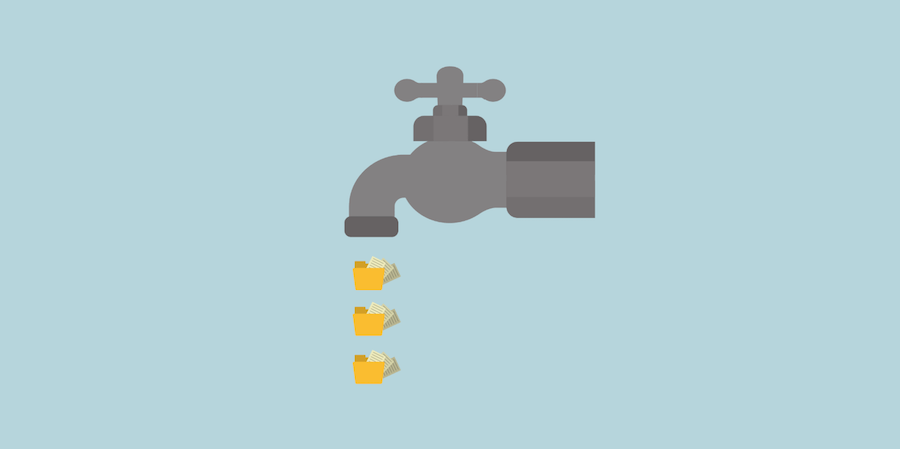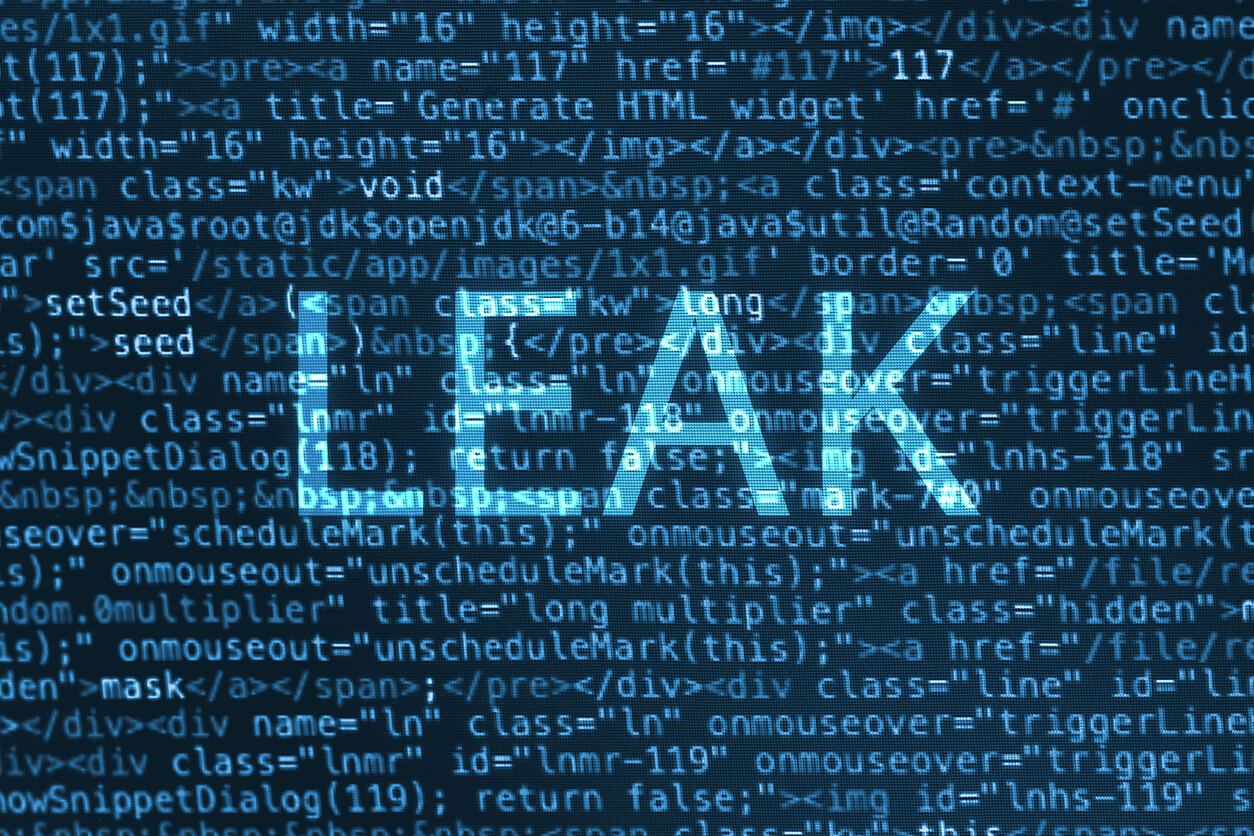Hello!
Data leaks are a serious threat to businesses and individuals. When confidential or private information is unintentionally released or stolen, a data leak can occur. This can include everything from customer data to trade secrets, financial information, and intellectual property.
 Protecting your data from leaks is a top priority for businesses in all industries. It is critical to prevent costly criminal activities, loss of trust among customers, or damage to corporate reputations.
Protecting your data from leaks is a top priority for businesses in all industries. It is critical to prevent costly criminal activities, loss of trust among customers, or damage to corporate reputations.
To prevent data leaks, it is vital to understand what causes them in the first place. Some common causes of data leaks include:
Human Error
What’s a data leak usually look like? It’s usually caused when an employee accidentally sends an email to the wrong person, prints documents on unsecured printers, or leaves a laptop or smartphone unlocked and unsecured.
Malicious Insiders
In some cases, employees deliberately steal or release confidential information, and employees cause data leaks. This can be more difficult to detect, as the individual may have legitimate access to the data and appear trustworthy.
Hacking or Other Cyberattacks
 Hackers and criminals can target businesses through various methods, including phishing scams, malware, and more sophisticated techniques like social engineering.
Hackers and criminals can target businesses through various methods, including phishing scams, malware, and more sophisticated techniques like social engineering.
Unsecured Systems
Inadequate security protocols can leave businesses vulnerable to data leaks. This can include using weak passwords, not encrypting data, or failing to secure devices and networks properly.
Physical Theft
Laptops, smartphones, USB drives, and other physical devices can all be stolen. This is a common cause of data leaks in the healthcare industry, where patients’ medical records are often stored on portable devices.
Poor Data Management Practices
 Many data leaks occur because organizations fail to manage and secure their data properly. This can include failing to conduct proper backups, losing a device that contains sensitive information, or allowing unqualified personnel to have access to critical data.
Many data leaks occur because organizations fail to manage and secure their data properly. This can include failing to conduct proper backups, losing a device that contains sensitive information, or allowing unqualified personnel to have access to critical data.
Lack of Employee Training
Data leaks can also occur when employees are unaware of the dangers and best practices for protecting confidential information. Organizations should invest in regular employee training to help prevent data leaks and keep their information secure.
Third-Party Providers
In some cases, data leaks occur because of the actions of a third-party provider. This can include an outside contractor, cloud service provider, or another vendor. It is essential to carefully vet these providers and ensure that they have adequate security measures in place to protect your data.
How to Prevent Data Leaks
 Preventing data leaks requires a multi-layered approach that includes technical and non-technical measures. Some standard security measures that can help prevent data leaks include:
Preventing data leaks requires a multi-layered approach that includes technical and non-technical measures. Some standard security measures that can help prevent data leaks include:
Data Encryption
This is transforming readable data into an unreadable format. This makes it difficult for unauthorized individuals to access the information, even if they can steal it.
Access Control
This refers to limiting who has access to sensitive data. This can be done through physical security measures like locked doors and security guards and technical measures like user authentication and permissions.
Employee Training
 Educating employees on data security best practices is an integral part of preventing data leaks. This should include information on common threats, such as phishing scams and social engineering, and guidelines for handling sensitive data.
Educating employees on data security best practices is an integral part of preventing data leaks. This should include information on common threats, such as phishing scams and social engineering, and guidelines for handling sensitive data.
Data Loss Prevention Tools
Various software tools can help prevent sensitive data’s accidental or unauthorized release. These tools monitor networks and devices to detect potential threats and prevent leaks.
Physical Security
This refers to measures like locked doors, security cameras, and alarms, which can help deter criminals and prevent the physical theft of sensitive data devices.
Adopting A Data Governance Framework
A comprehensive data governance framework can help businesses implement stronger security and management practices, making them less likely to leak or compromise sensitive information.
Regular Backups
 Backing up data regularly can help ensure that businesses can recover from a data leak. This includes backing up data to an offsite location in case of a physical disaster and maintaining multiple copies of critical data to minimize the impact of a leak.
Backing up data regularly can help ensure that businesses can recover from a data leak. This includes backing up data to an offsite location in case of a physical disaster and maintaining multiple copies of critical data to minimize the impact of a leak.
Also read: Your Instagram Posts Will Soon Rank Higher in Google Search
Third-Party Risk Management
Organizations should carefully monitor and vet the security practices of their third-party providers. This can include requiring regular audits or certifications and performing background checks on employees to minimize the risk of a data leak caused by an outside vendor.
While no data security method is entirely foolproof, taking steps to prevent data leaks can reduce the risk of sensitive information being compromised. By implementing strong security measures, educating employees on best practices, and regularly reviewing and updating protocols, businesses can help ensure that their data remains secure.
Thank you!
Subscribe to our newsletter! Join us on social networks!
See you!






